My top tips to boost your article writing.
Article writing – it’s as simple as putting pen to paper, yes? Well, anyone who has experienced a dose of writer’s block knows that isn’t true. Some articles are awesome, some are average, some are mediocre at best, and some are downright dreadful. As an article reader you know that.
There are some core components of article writing which, if used skilfully, can help to shift an OK article in to the realms of greatness.
Before we get stuck in on my tips to boost your article writing, we just want to make a distinction here. This article refers to web writing. Web articles (such as blog posts) are probably the most prolifically written. Certainly, they are the most prolifically written by non-writers.
However, articles for the web require a distinct type of writing which differs from other article writing. For example, a print magazine requires a very different approach, as would a corporate news article.
Here are our top 10 tips to boost your article writing.
1. Use attention grabbing titles:
You need to spend time over your title. We can’t stress this enough. Think of it like the hook on the fishing rod. You can’t reel in without one that’s up to the job. Your title needs to entice, say exactly what you’re doing, and in very few words.
There are some tricks you can employ here. This article is a great example. Any articles which use ‘Top 10…’ or ’10 Best…’ fare well. Readers love a nice and easily actionable list style.
Other good hooks are titles which start ‘How to’. They quickly demonstrate precisely what they are planning to do.
Also, make sure the main keyword is in the title. Just as the title is a signpost for the reader, it’s also a signpost for the SEO bots.

2. Break it down
Again there are two reasons to break your articles down in to distinct sections: SEO and your reader’s focus and attention span.
Using sub-headings (with the H2 tag in coding terms) is another way that SEO spiders trawl articles and rank them. Therefore you’re missing an opportunity if you don’t use sub-headings to sprinkle in some more keywords.
Additionally there is a huge difference in reading style between an article online and snuggling down to read a chapter of a novel at bedtime. The attention span of character A has to compete against an onslaught of distractions: from other competing articles and life going on in the background.
Using short punchy sub-sections means your article can be skim read yet actually be read.
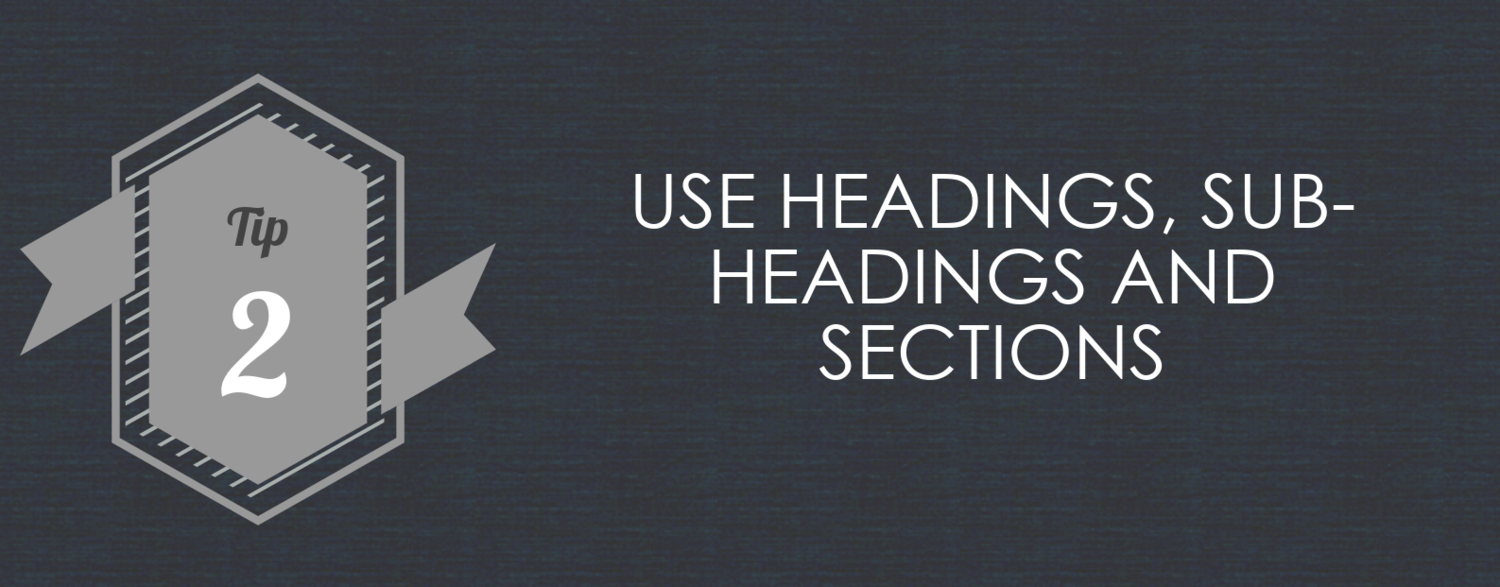
3. Read your competitor’s offering
This isn’t sneaky, but it is common sense if you want to boost your article writing.
Firstly, reading prolifically will boost your article writing skills anyway. It doesn’t only expand your general knowledge and vocabulary, but also expands your understanding of what works and what doesn’t.
Knowing what you don’t like helps you to avoid common pitfalls. It allows you to see what works well and what you, as a reader are drawn to. You can then emulate this in your own writing.
Additionally, something which really matters at a basic level is that you don’t need to be exceptional – but you do need to be better than the competition. The success of content marketing often depends on this alone.
Therefore, take some time to look at what your competitors are doing and see how you could improve upon this.

4. Article writing on the web is SEO writing
If anyone in 2019 or beyond tries to tell you that SEO writing and web-based article writing are two different things, walk away. No longer can these two things be seen as distinct characters.
To improve your own article writing, you therefore need to learn some basic SEO skills. Don’t panic, we’re talking basic stuff only.
We recommend three core elements:
a) The use of a keyword or phrase.
b) The use of headings and sub-headings.
c) The use of images.
These are the simplest elements to learn how to do well.
Using keywords to boost your article writing
Perhaps you have had a keywords analysis done. If not, this isn’t a problem but may be worth it in the long run. Think about what your customers will type in to Google if they were to find you. Often, the main terms you think of can be too competitive. Therefore, think of your USP and then turn your keyword more in to a phrase. Most searches on Google will involve four or more words.
For example, for this article we could choose ‘article writing’. However, the competition for this is painful. Therefore, we are likely to fare better if we use ‘how to perfect my article writing’ or ‘boost your article writing’.
We’re still staying true to the content, but we’re tweaking it to make it distinct from the masses. Remember – it’s more important to reach a smaller relevant audience than it is to scattergun a largely irrelevant one.
Don’t get het up on how often you should include the key phrase. Instead follow the basic principle of using it:
· Once in the title.
· Once or twice in the sub-headings.
· Once in your opening paragraph.
· Twice in the remaining text.
Use headings and subheadings to improve your article writing
As we explained above, headings and sub-headings are fabulous for web reading, but also in terms of SEO.
When it comes to uploading your article, the main title will become the H1 tag. Sub-headings should use H2. This is a nice simple piece of SEO.
Use images
A picture can tell a thousand words. In terms of SEO this couldn’t be more true.
The SEO spiders themselves can’t ‘see’ the picture. They don’t know what it is. So, as long as it is relevant to making your article eye-catching and informative, this bit is unimportant.
However, in terms of SEO, images bring you a fantastic little weapon: the alt tag. This is the alternative text description of the image you type in when you upload the article. The SEO spiders can’t see the picture, but they can (and do) read the alt text.
Therefore, use the alternative description of your images as a chance to include your keywords, or add relevance to your article.
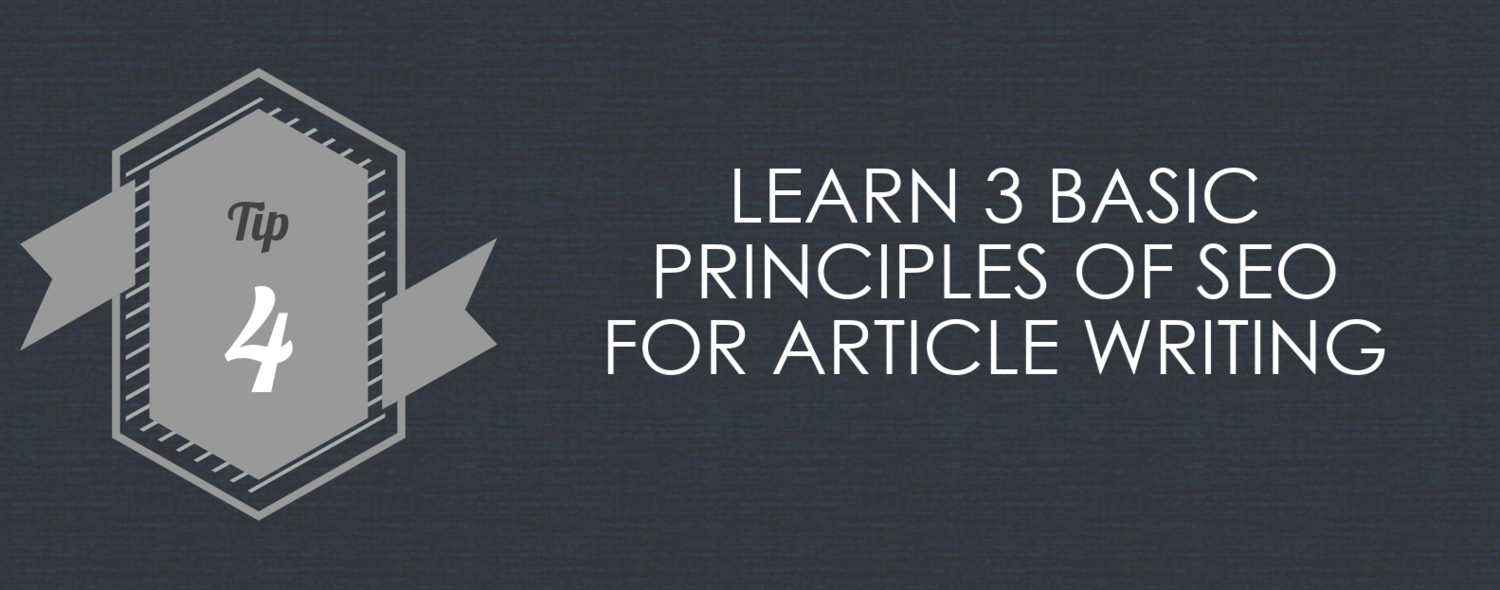
5. Keep it snappy, but get the word count up
This tip for boosting your article writing is a tricky one to teach. Our general rule of thumb is:
Keep each sentence snappy. Keep each paragraph short. Keep each sub-section concise.
However, overlying this is something important: length matters. It’s a fact that articles with around 1800 words fare best in search engines.
But your reader needs to be kept engaged. Therefore, an important way to improve your article writing is to balance these two needs.
For an experienced content writer, this shouldn’t be a problem. They are used to dolling out thousands of words of high quality content no problem.
However, the average person writing for their own small business blog could potentially face problems here.
Firstly, there’s a temptation to bamboozle your audience with just how much you know. Whilst you should be informative, you also need to be relevant and on your reader’s wavelength.
Secondly, if writing isn’t your thing, you do better to go for less quantity with a high quality.
A very easy way to manage this is to go back to the concept of a ‘list’ based article. ‘Top 10 tips to boost your article writing’ naturally breaks the article in to more manageable chunks, for example.
Lists really are a winning formula when it comes to article writing if you’re not an experienced copywriter. They enable the reader to skim but take away clear points.
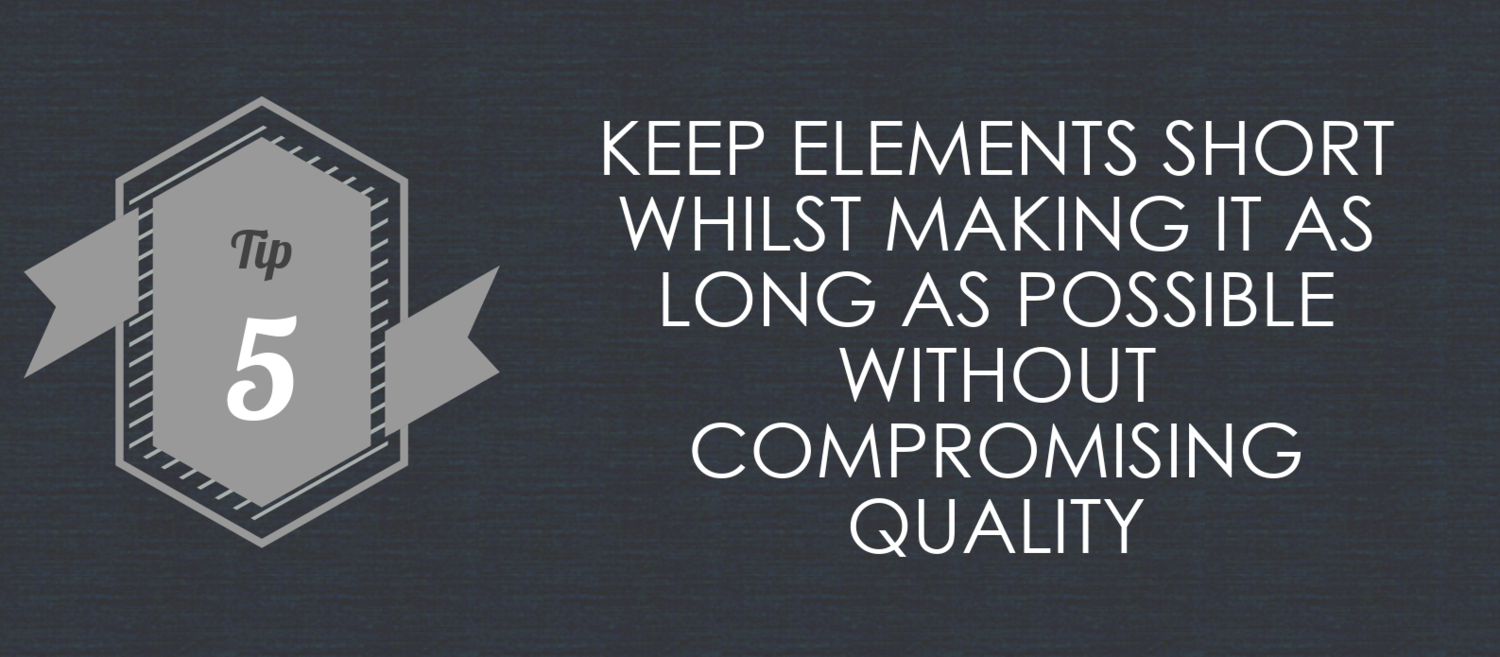
6. Get your tone spot on
If you’re not used to writing there’s a tendency to fall in to the ‘formal’ trap. After all, you last probably wrote essays at school or university.
ou’re going to have to ditch that concept if you want to improve your article writing.
Instead, you need to take a few moments and think about your audience. What do they look like? How old are they? What makes them sing?
Your tone needs to meet this.
Let’s look at a couple of different examples. Assume you are a healthcare service. People accessing your service potentially come from a broad range of backgrounds. However, they are all likely looking to be informed and reassured. Therefore, this is the tone you need to adopt in your writing.
On the other hand, let’s say you are a retailer selling gadgets. Now your audience is more likely to after something fun, upbeat, and a bit of light-relief. Again, this therefore needs to be the tone you strike in your writing.

7. Have an opinion
It can be tempting to try and sit on the fence when it comes to article writing. You want to try and appeal to everyone. However, this is the wrong tack to take.
There will be hundreds of generic versions of your article on the internet. An easy way to make yours stand out is to take a unique angle.
Again, let’s think about this very article. Most article writing tips guides will talk about things such as sentence structuring, grammar, and probably things like plagiarism. You can find these tips easily without must trouble, but it doesn’t necessarily add anything to your writing skills.
Let’s face it, if you wanted an English lesson, you’d be back in school. What you need are titbits that you don’t know about article writing.
You need to apply the same principle to your post. You need to be confident in your opinion, even if it flies in the face of established thinking. As long as you can back up why you are saying what you are, all’s good.

8. Be organised
Whilst it would be lovely to fling your ideas at the page and be done, your reader will abandon you very quickly. Why? Because their mind will be assaulted with chaos, which they don’t need.
Before you even get to the point of putting fingers to the keyboard, grab an old fashioned pen and paper. Jot down the points you want to cover. Now order them.
Put them in to a basic structure which makes sense. Shift things around so they naturally lead on from one to the next. This may also help you see how your article could be structured in to list format.
Ask yourself whether each point you want to include actually adds value for your reader. Make sure you pop the most important ones first, but save a gem for towards the end. This way, you should keep your reader enticed throughout your whole article.

9. Proofread, and then get someone else to
You’ve dashed off the article and the temptation is to quickly load it up and be done. Nope, stop, check and then check again.
Your reader will be put off if there are typos. They will definitely be put off they have to read a sentence three times to try and understand what you are saying.
So put the article down, go away, and then come back to it with a fresh pair of eyes later. Then, calmly, sit with a cuppa and get editing.
Once you’ve done this, send it on to someone you trust to be honest. Ask them to read it for you and let you have some feedback. Was it clear to them? Interesting? Did it entice them to act?
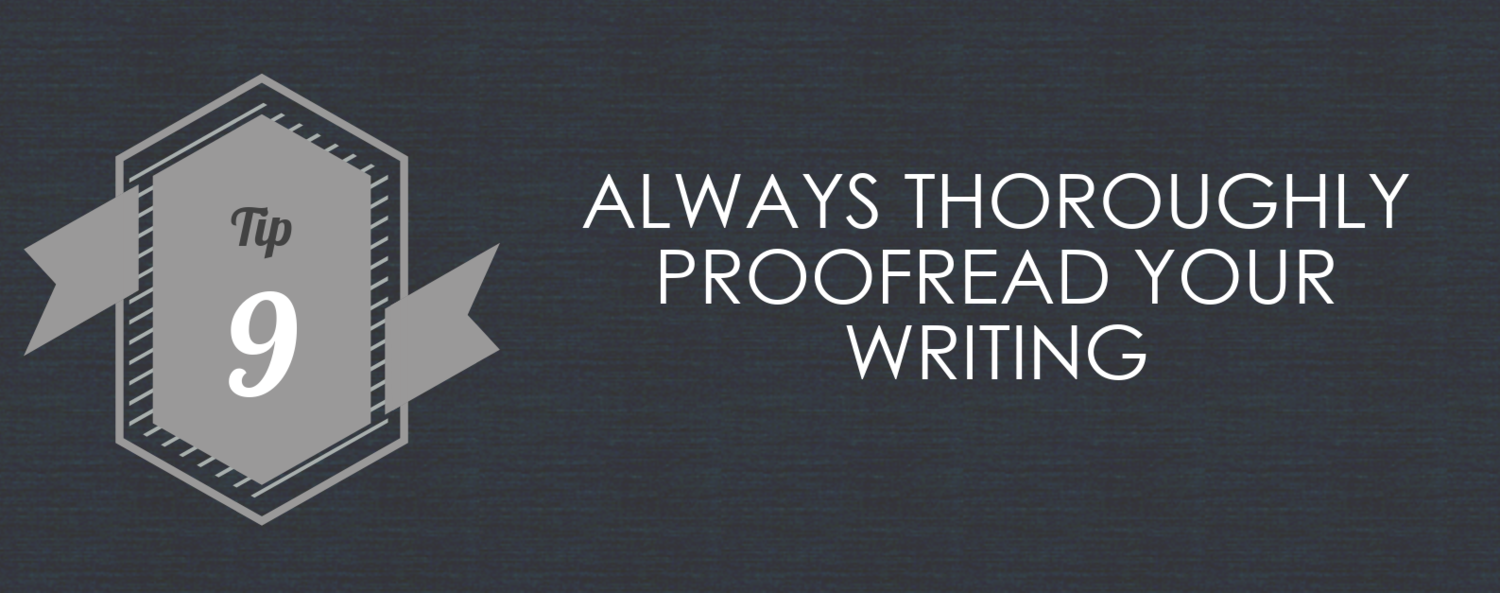
10. Refine based on responses and engagement
My final tips to boost your article writing is to learn from what works and what doesn’t. This can be a tough process but articles which are refined and updated fare better.
This means that if you’ve written a list article entitled ‘2019 top fashion trends’ you need to go back in 2020 and update it.
Take a look at your analytics and look at which articles are getting the best engagement. Which do people love? Which can be correlated with further action or even signing up as a subscriber?
Once you’ve mastered article writing, these pieces can go on to become evergreen content on your site which keeps on giving over time. However, that won’t happen without a little TLC after publishing.
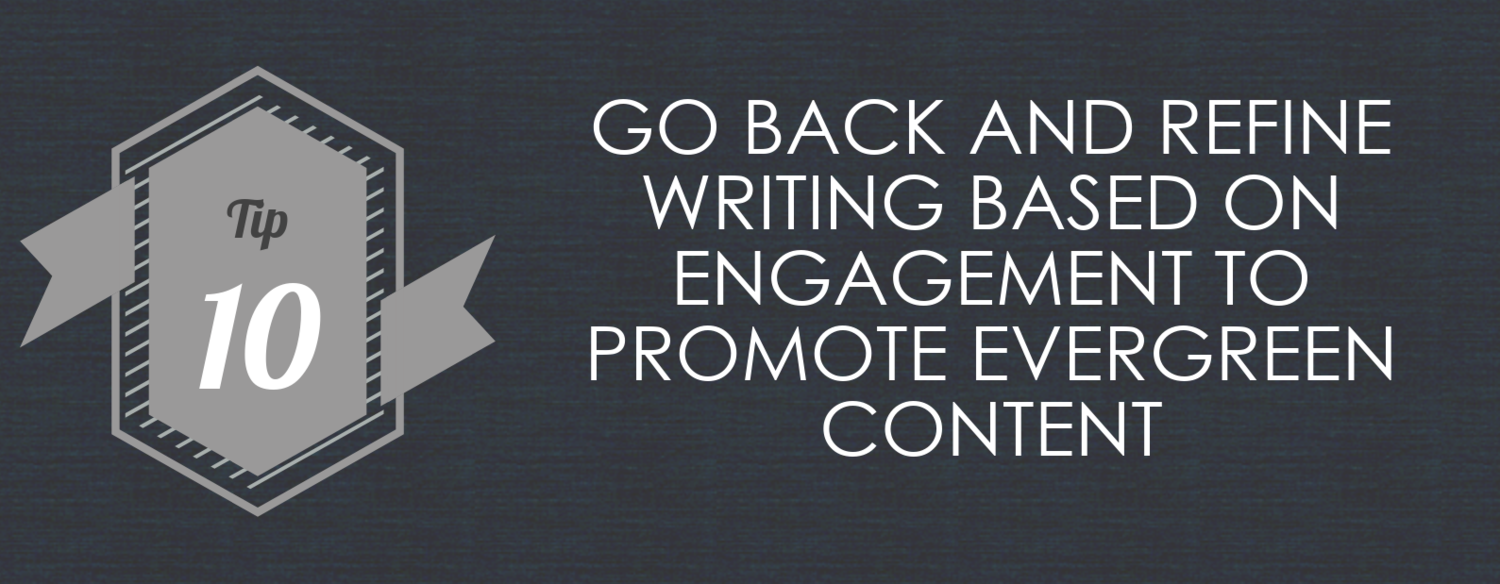
There you have it. My top tips on how to boost your article writing. Employ these technique next time you write and article and see the difference.
Chrissie Brown is a freelance article writer who has been writing articles which are published across the net for many years. With popular posts fuelling engagement on leading sites such as HuffPost and a broad range of businesses, she has refined a winning web article writing service.

